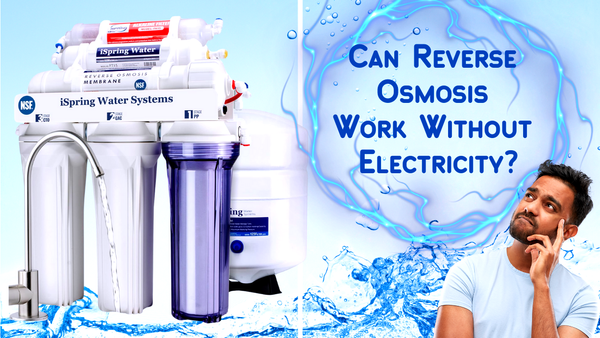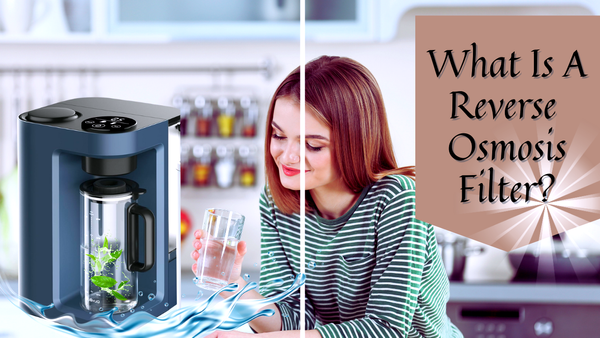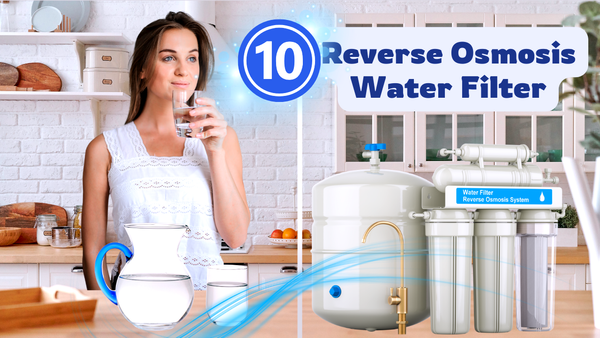Key Takeaways:
- Filter replacement is key to water quality and system performance.
- Different filters in your RO system have different lifespans and replacement schedules.
- Monitor water quality and usage to determine when to change filters
Reverse osmosis (RO) systems are a popular way to get clean drinking water. A RO system is great for removing contaminants and getting good water. But to keep them working well, you must regularly replace the filters. This article will help you determine how often to change your RO filters to get optimal water quality and system performance.
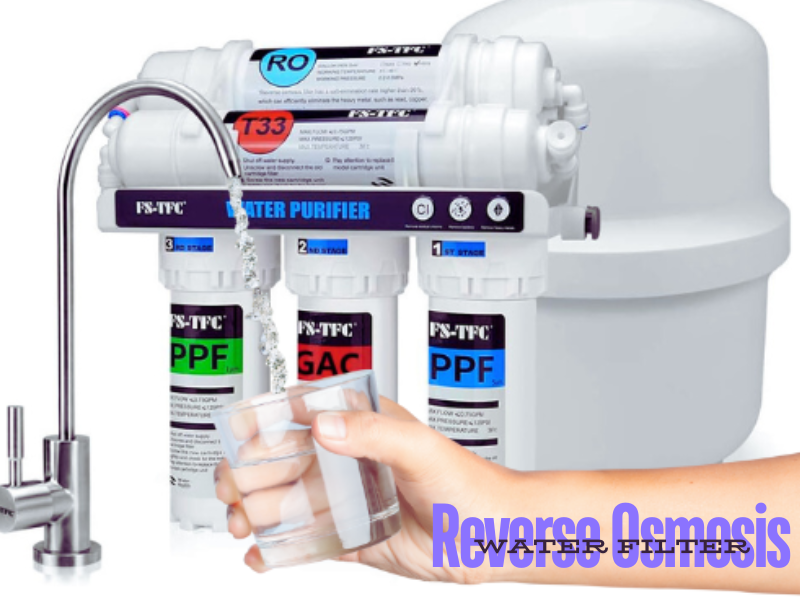
Your RO System
A reverse osmosis system (RO system) has multiple stages of filtration within a total filtration system, each with its filter. These filters work together to remove contaminants from your water supply, getting you clean drinking water. The main parts of an RO system are sediment filters, carbon filters, the RO membrane, and polishing filters.
Sediment Filters
Sediment filters are the first line of defense in an RO system, playing a crucial role in maintaining optimal water quality. They remove the bigger particles, like dirt, sand, and rust, from the water and protect the more delicate parts of the system, like the RO membrane, from damage caused by those bigger particles.
Sediment filters should be replaced every 6 to 12 months, depending on the quality of your water supply and how much water you use. Regular replacement ensures the filters keep removing sediment and protecting the rest of the system.
Carbon Filters
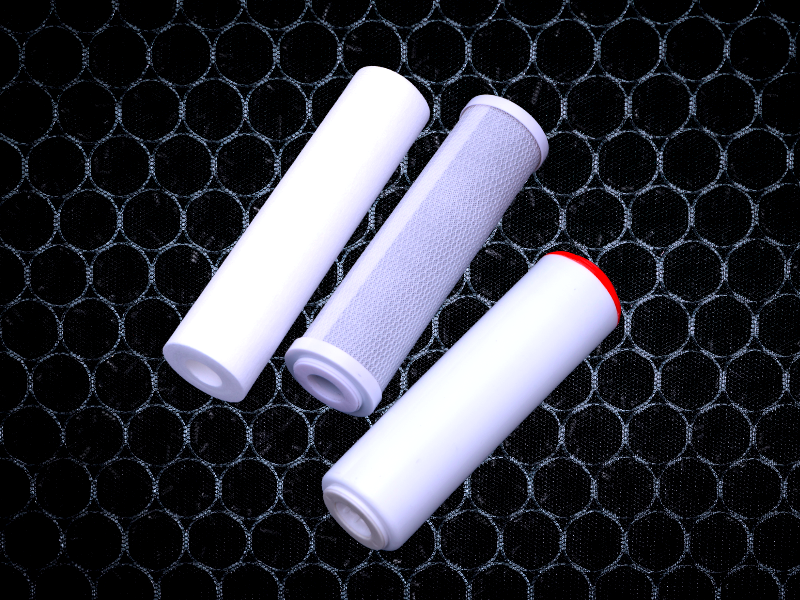
Carbon filters are important for removing chlorine and other organic contaminants from the water. Chlorine can damage the RO membrane, so it’s important to remove it before the water gets to that stage. Carbon filters also improve the taste and odor of the water. Carbon filters should be replaced every 6 to 12 months like sediment filters. If your water supply has high chlorine levels, you may need to replace the carbon filters more often to ensure optimal performance.
The RO Membrane: The Main Event
The reverse osmosis membrane is the heart of the system, it removes most of the contaminants, including total dissolved solids (TDS), bacteria, and other bad stuff. The reverse osmosis membrane's lifespan depends on the water supply quality and how much water is processed.
Typically the reverse osmosis membrane should be replaced every 2 to 3 years. However, if you notice a decrease in water flow rate or an increase in TDS levels, you may need to replace the membrane sooner.
Polishing Filters: The Final Touch
Polishing filters, also known as post-filters, are the last stage of the RO system. They remove any remaining contaminants and improve the taste and quality of the water. These filters are usually carbon-based and should be replaced every 6 to 12 months. Regular replacement ensures your water stays clean and safe to drink and gets the final polish of the filtration process.
Monitor Water Quality
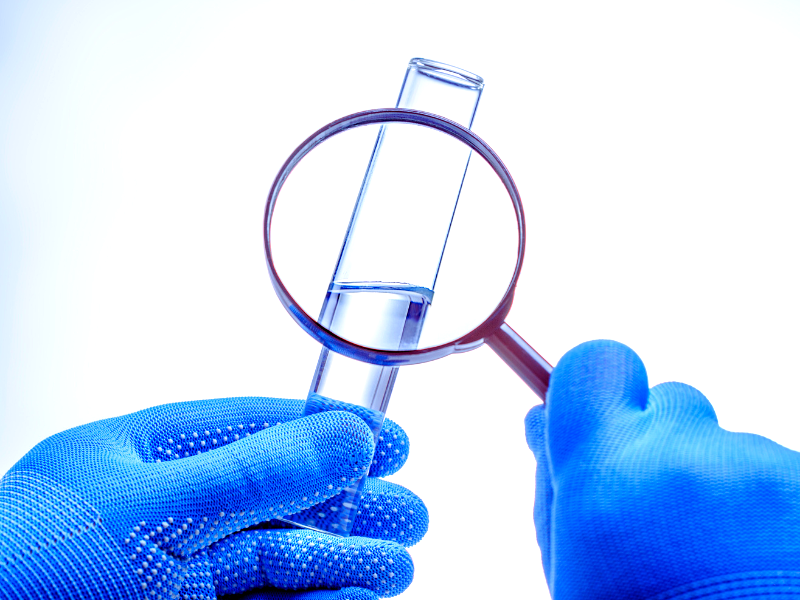
To determine when to change filters, you must regularly monitor your water quality. Monitoring the performance of reverse osmosis filters is key to getting optimal water quality. Use a TDS meter to measure the dissolved solids in your water. If you see an increase in TDS levels, it’s time to change filters. Also, watch out for changes in taste, odor, and flow rate. This can mean your filters are no longer working and must be replaced.
Water Usage and Filter Life
How much water you use also affects the life of your RO filters. More water usage means you need to replace the filters more often. If you have a big household or use a lot of water for cooking and cleaning, you may need to replace the filters more often. On the other hand, if you have a small household or use less water, the filters may last longer. You need to consider your water usage when determining the replacement schedule for your filters.
Maintenance for Best Performance
Regular maintenance, including high-quality replacement filters, is key to getting the best performance from your RO system. This means replacing filters, cleaning the filter housings, and checking for leaks or damage. Follow the manufacturer’s maintenance and replacement schedule to extend the life of your system and get clean and safe water.
Read the Owner’s Manual
Every RO system is different and you need to read the owner’s manual for your system. The manual will tell you how often to replace the filters and how to do regular maintenance. Read the owner’s manual to change your reverse osmosis filters correctly. Reading the owner’s manual means your system will run smoothly and you’ll get clean and safe drinking water.
Time to Replace Your Filters
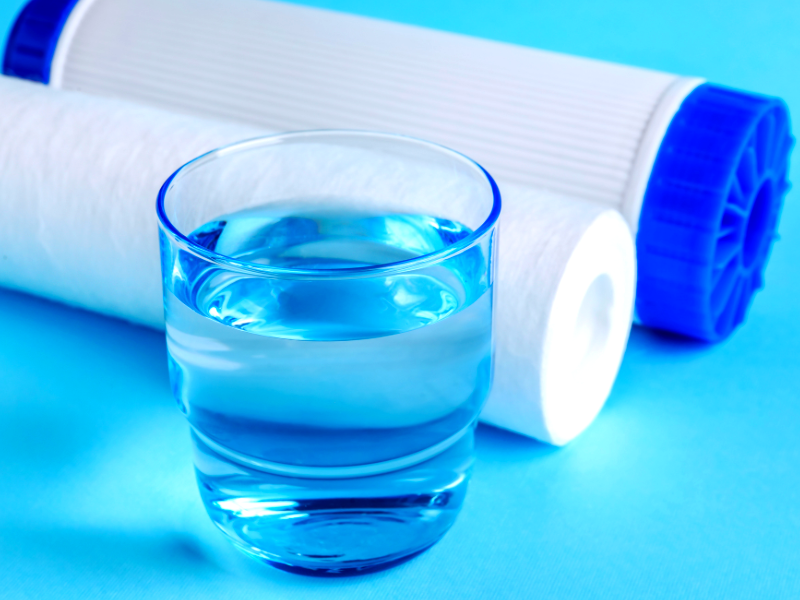
Several signs mean it’s time to replace your RO filters. Choosing the right filter cartridges is key to system performance and water quality. These signs are a decrease in water flow rate, an increase in TDS levels, a change in water taste or odor, and visible damage to the filters. If you see any of these signs you need to replace the filters immediately to get clean and safe water.
DIY or Professional Replacement
Replacing the RO filter in your RO system is a DIY task for many homeowners. But if you’re not comfortable doing it yourself it’s best to hire a professional. A professional will ensure the filters are replaced correctly and the system is working properly. This will give you peace of mind and prevent potential problems.
Pre-Filters
Pre-filters, such as sediment and carbon pre-filters, are important to protect the RO membrane and other system components. These filters remove larger particles and contaminants before the water reaches the more sensitive stages of filtration. Pre-filters need to be replaced regularly to maintain the overall system. Depending on your water quality and usage, they should be replaced every 6 to 12 months.
Clean Water
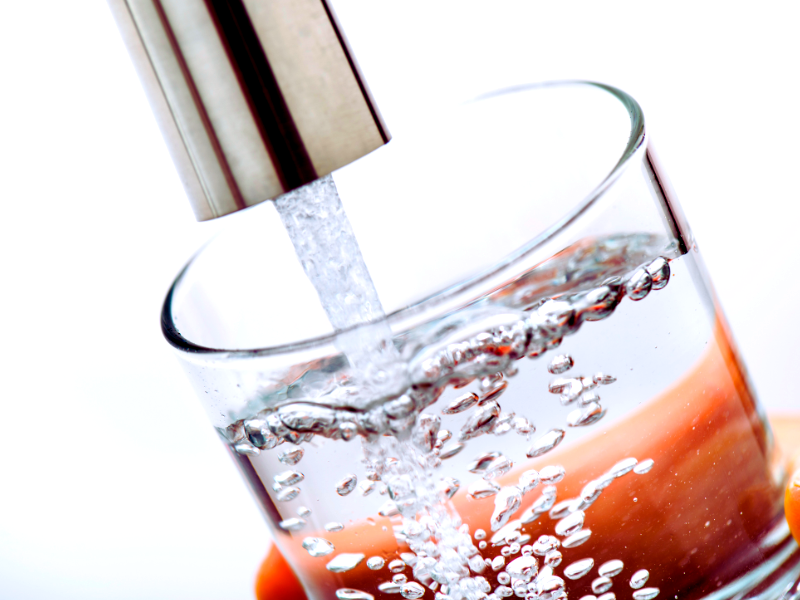
Clean water is good for your health and well-being. A well-maintained filtration system is key to getting clean water. An RO system can give you clean and safe drinking water but only if the filters are replaced regularly. By following the replacement schedule and doing regular maintenance you can ensure your system will continue to give you good water for you and your family.
Summary
Filter replacement is key to maintaining your RO system’s performance and efficiency. Different filters have different lifespans and monitoring water quality and usage is important to determine the replacement schedule. Follow the manufacturer’s instructions and do regular maintenance and you’ll get clean and safe drinking water. To keep up with the latest water filter tips and offers, subscribe to our newsletter today!
FAQ
How do I know when to replace my RO filters?
Replace your reverse osmosis filters according to the manufacturer’s schedule, usually every 6 to 12 months for sediment and carbon filters and every 2 to 3 years for the RO membrane. Monitor water quality, such as TDS levels and changes in water taste, odor, and flow rate, to determine when to replace the filters.
Can I do it myself?
Yes, many homeowners can replace the filters in their RO system by following the owner’s manual. Choosing the right filter cartridges to maintain system performance and water quality is key. But if you’re not comfortable doing it yourself, it’s best to hire a professional to make sure the filters are replaced correctly and the system is working properly.
What happens if I don’t replace my RO filters regularly?
If you don’t replace the replacement filters in your RO system regularly the system’s performance and efficiency will decrease. This can lead to lower water quality, reduced flow rate, and potential damage to the system’s components. Regular filter replacement is key to getting clean and safe drinking water.





